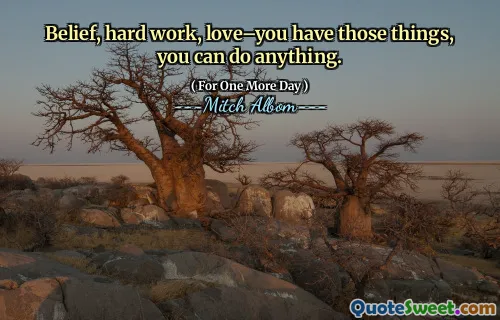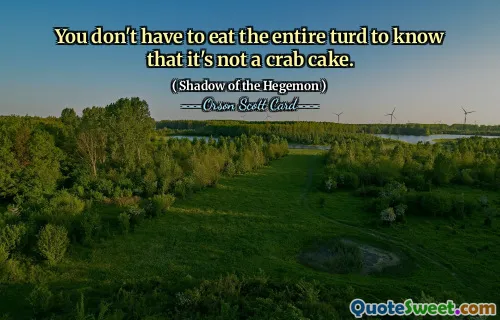
Doubt is the act of challenging our beliefs. . . . This is an active, investigative doubt: the kind that inspires us to wander onto shaky limbs or out into left field; the kind that doesn't divide the mind so much as multiply it, like a tree in which there are three blackbirds and the entire Bronx Zoo. This is the doubt we stand to sacrifice if we can't embrace error - the doubt of curiosity, possibility, and wonder.
📖 Kathryn Schulz
The quote eloquently captures the essence of doubt not as a hindrance but as a vital, dynamic force in our intellectual lives. Doubt, often negatively perceived as uncertainty or hesitation, is reframed here as an enriching and expansive process. By describing doubt as an act that 'multiplies' the mind rather than divides it, the author highlights its generative power: rather than paralyzing thought, doubt opens new pathways for exploration and growth. This mindset shifts the focus from clinging to certainty toward embracing the unknown with curiosity and openness. Importantly, the passage links doubt directly to our acceptance of error — suggesting that the fear of mistakes can suppress our natural inclination to question and learn. The metaphor of wandering onto 'shaky limbs' or 'out into left field' beautifully evokes the courageous and sometimes risky journey of questioning long-held beliefs, where intellectual adventure thrives despite uncertainty. Embracing doubt, then, is intrinsically tied to wonder and possibility; it fosters a mindset where curiosity reigns supreme, and error is not failure but an essential stepping stone on the path to deeper understanding. In a broader sense, this quote challenges the cultural stigma against uncertainty and error, inviting us to welcome them as sources of insight and creativity rather than as threats. It serves as a poignant reminder that to grow, evolve, and innovate, we must not only allow but actively seek out doubt.


